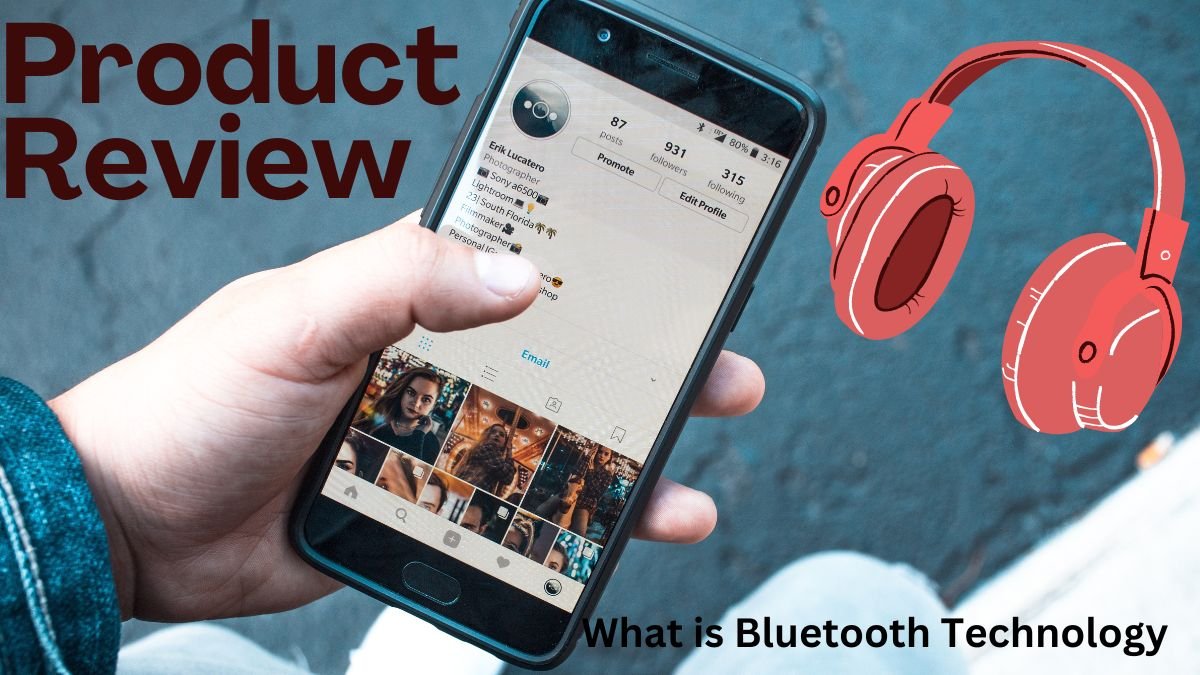Bluetooth is a technology standard that enables short-range wireless communication between electronic devices. It was developed in the late 1990s and quickly gained popularity in consumer devices. Let’s take a closer look at its invention and evolution.

What is Bluetooth Technology
Development and Purpose
In 1998, Ericsson, a Swedish mobile telephone manufacturer, formed a consortium consisting of computer and electronics companies. Their goal was to bring a technology they had been developing for several years to the consumer market. The aim was to create a wireless solution that would eliminate the need for wires to transfer data between computers, phones, personal digital assistants (PDAs), and other devices.
Key Features and Benefits
Bluetooth was designed to enable various devices to work together seamlessly. Unlike traditional remote controls that used infrared technology and required line-of-sight communication, Bluetooth operated on radio frequencies, allowing devices to connect without a direct line of sight. This feature opened up possibilities for greater flexibility in device placement and usage.
Additionally, Bluetooth offered low power consumption, making it suitable for battery-operated devices, and it was relatively cost-effective to implement, which contributed to its widespread adoption.
The Bluetooth SIG and Release of Specifications
The consortium behind Bluetooth, known as the Bluetooth SIG (Special Interest Group), released the Bluetooth 1.0 specifications in 1999. Initially, Bluetooth faced challenges during its launch period, as the faster but more expensive IEEE 802.11b, or Wi-Fi, protocol seemed poised to overshadow Bluetooth. However, Bluetooth began to gain traction in the market.
Market Expansion and Ubiquity
Bluetooth technology made its debut in mobile phones and desktop computers in 2000 and quickly expanded to include printers and laptops the following year. Over time, Bluetooth headsets for mobile phones became nearly ubiquitous, and the technology found its way into various consumer products like television sets, wristwatches, sunglasses, picture frames, and more.
Impressive Adoption and Growth
Within the first decade of its introduction, nearly two billion Bluetooth-enabled products were shipped, showcasing the rapid adoption and integration of the technology. The trend continued, and by 2020, four billion Bluetooth-enabled products were shipped, highlighting its continued growth and widespread use.
Bluetooth has become an integral part of our daily lives, enabling us to connect and communicate wirelessly between devices, making data transfer and device interoperability convenient and seamless.
Additional information about Bluetooth technology:
Bluetooth Versions and Improvements: Since its inception, Bluetooth technology has gone through several iterations and improvements. Newer versions have introduced enhancements in terms of data transfer speed, range, power efficiency, and support for additional features. Some notable versions include Bluetooth 2.0+EDR (Enhanced Data Rate), Bluetooth 3.0+HS (High Speed), Bluetooth 4.0 (with Low Energy technology), Bluetooth 4.2, Bluetooth 5.0, and the latest Bluetooth 5.2.
Range and Data Transfer Speed: Bluetooth technology typically operates within a short-range, usually up to 10 meters (33 feet). However, advancements in Bluetooth versions have extended the range to around 100 meters (328 feet) in certain cases. The data transfer speed of Bluetooth varies depending on the version, ranging from 1 Mbps (megabit per second) to 3 Mbps in earlier versions, and up to 50 Mbps in Bluetooth 5.0 and later versions.
Bluetooth Profiles: Bluetooth profiles define specific functionalities and capabilities that devices can support when using Bluetooth. Examples of Bluetooth profiles include Hands-Free Profile (HFP) for wireless calling in cars, Advanced Audio Distribution Profile (A2DP) for streaming high-quality audio, and Human Interface Device Profile (HID) for connecting wireless keyboards and mice.
Bluetooth Low Energy (BLE): Bluetooth 4.0 introduced Bluetooth Low Energy (BLE) technology, also known as Bluetooth Smart. BLE focuses on power efficiency and is designed for devices that require long battery life, such as fitness trackers, smartwatches, and IoT (Internet of Things) devices. BLE consumes significantly less power than traditional Bluetooth, making it ideal for low-power applications.
Bluetooth Mesh Networking: Bluetooth Mesh is an extension of Bluetooth technology that enables the creation of large-scale networks. It allows devices to communicate with each other in a mesh topology, where data can be relayed from one device to another, extending the range and coverage. Bluetooth Mesh is particularly suitable for smart home automation, lighting systems, and industrial applications.
Bluetooth in IoT and Smart Home: Bluetooth has become a prominent connectivity option in the Internet of Things (IoT) ecosystem. Its low power consumption, ease of use, and wide device compatibility have made it popular for connecting smart home devices, such as smart speakers, thermostats, security systems, and lighting controls.
Security in Bluetooth: Bluetooth technology incorporates various security measures to protect data transmission and prevent unauthorized access. Pairing processes, authentication mechanisms, and encryption algorithms help ensure secure communication between devices.
Future of Bluetooth: Bluetooth technology continues to evolve, with ongoing research and development to enhance its capabilities further. Newer versions are expected to bring improved data rates, extended range, better interoperability, and enhanced support for emerging applications and use cases.
Bluetooth technology has revolutionized the way we connect and communicate wirelessly between devices. Its versatility, widespread adoption, and continuous innovation have made Bluetooth an integral part of modern technology ecosystems.